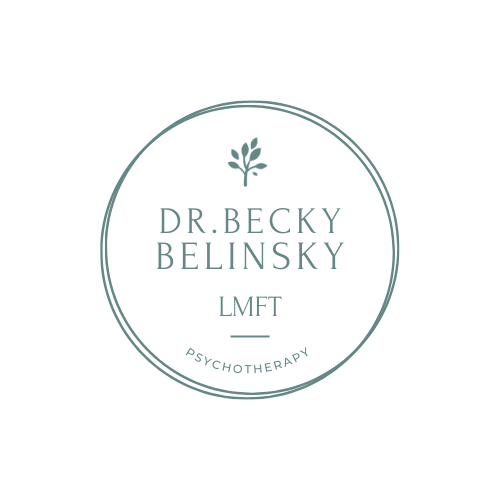Understanding the Difference Between an Eating Disorder and Disordered Eating
Eating habits and behaviors play a significant role in our overall health and well-being. While many people have complex relationships with food, it's essential to differentiate between two important terms: "eating disorder" and "disordered eating." Understanding these distinctions is crucial for recognizing when professional help or support may be necessary. In this blog post, we will explore the differences between an eating disorder and disordered eating, shedding light on the significance of each concept.
Defining Eating Disorders
Eating Disorder:
An eating disorder is a serious mental health condition characterized by persistent disturbances in eating behaviors, thoughts, and emotions related to food, weight, and body image. These disorders are typically recognized by specific diagnostic criteria and include well-known conditions such as anorexia nervosa, bulimia nervosa, and binge-eating disorder.
Disordered Eating:
Disordered eating refers to a range of irregular eating behaviors, often temporary or less severe than those seen in clinical eating disorders. It involves various problematic eating habits, attitudes, and behaviors that can negatively impact a person's physical and emotional health. These may include skipping meals, rigid dieting, counting calories excessively, or engaging in occasional binge-eating episodes.
Key Differences
Severity and Diagnosis:
Eating disorders are diagnosable mental health conditions recognized by specific criteria outlined in diagnostic manuals (e.g., DSM-5). In contrast, disordered eating doesn't always meet these diagnostic criteria and may not necessarily involve extreme or life-threatening behaviors.
Duration and Consistency:
Eating disorders often involve long-term patterns of disordered eating behaviors that persist over time. Disordered eating may be temporary or episodic, and individuals experiencing it may not exhibit the consistent, severe symptoms seen in clinical eating disorders.
Physical and Psychological Impact:
Eating disorders typically have more significant physical and psychological consequences. They can lead to severe malnutrition, organ damage, and significant distress. Disordered eating may still have negative effects, but they are generally less severe and less enduring.
Treatment and Support:
Eating disorders require specialized treatment, often involving a team of healthcare professionals, such as therapists, dietitians, and medical doctors. Disordered eating may benefit from support and education but may not require the same level of intensive treatment.
Similarities
Atypical Eating Patterns
While the severity and intensity of the symptoms between eating disorders and disordered eating may be different, both share the common factor of having atypical eating patterns. People with a healthy relationships with food generally eat 3 meals a day plus 2-3 snacks per day, and don’t go longer than 3-4 hours without eating (except overnight). For people with eating disorders or disordred eating, atypical patterns can include skipping meals and snacks, cutting out food groups, eating slowly or very quickly, or being very particular about which foods are “safe” and which are “bad.”
Unhealthy Relationship with Exercise
While not everyone with an eating disorder or disordered eating has an unhealthy relationship with exercise, this is a common overlap for some people. An unhealthy relationship with exercise can look like exercising excessively (in terms of time, intensity, or days per week), rigidity around their exercise schedule, feeling distress around a change in their routine or taking days off, seeing exercise as a requirement for eating or enjoying food, and exercising for the primary reason of changing or controlling their body.
Body Image Concerns
People with eating disorders or disordered eating also generally struggle with body image. They often feel badly about themselves because of their body, their body image has a big impact on their sense of self or their mood, have a strong inner critic about their appearance, feel concerns about their body shape and size take up a lot of brain space throughout the day and dictate choices they make such as which activities to engage in or what foods to eat or their exercise routine.
Distress Around Food and/or Body
Another similarity between eating disorders and disordered eating is feeling distress around their relationship with food or body. This means that many of the above issues are occurring, and the person feels distress around it. They may spend a lot of time thinking about food, exercise, and their body, and experience a lot of negative emotions and stress around these topics.
Conclusion
Understanding the difference between an eating disorder and disordered eating is essential for promoting awareness and providing appropriate support. While disordered eating can be a cause for concern and may develop into a clinical eating disorder, recognizing the nuances between the two allows for early intervention and a better understanding of individual needs. If you or someone you know is struggling with disordered eating or an eating disorder, it's important to seek professional help to ensure that the right support and treatment are provided, helping individuals regain a healthier relationship with food and their bodies. If you are looking for more support around disordered eating or an eating disorder, or not sure which one you call into, I can help. You can call me at (424) 231-5877 or send me a note here.
